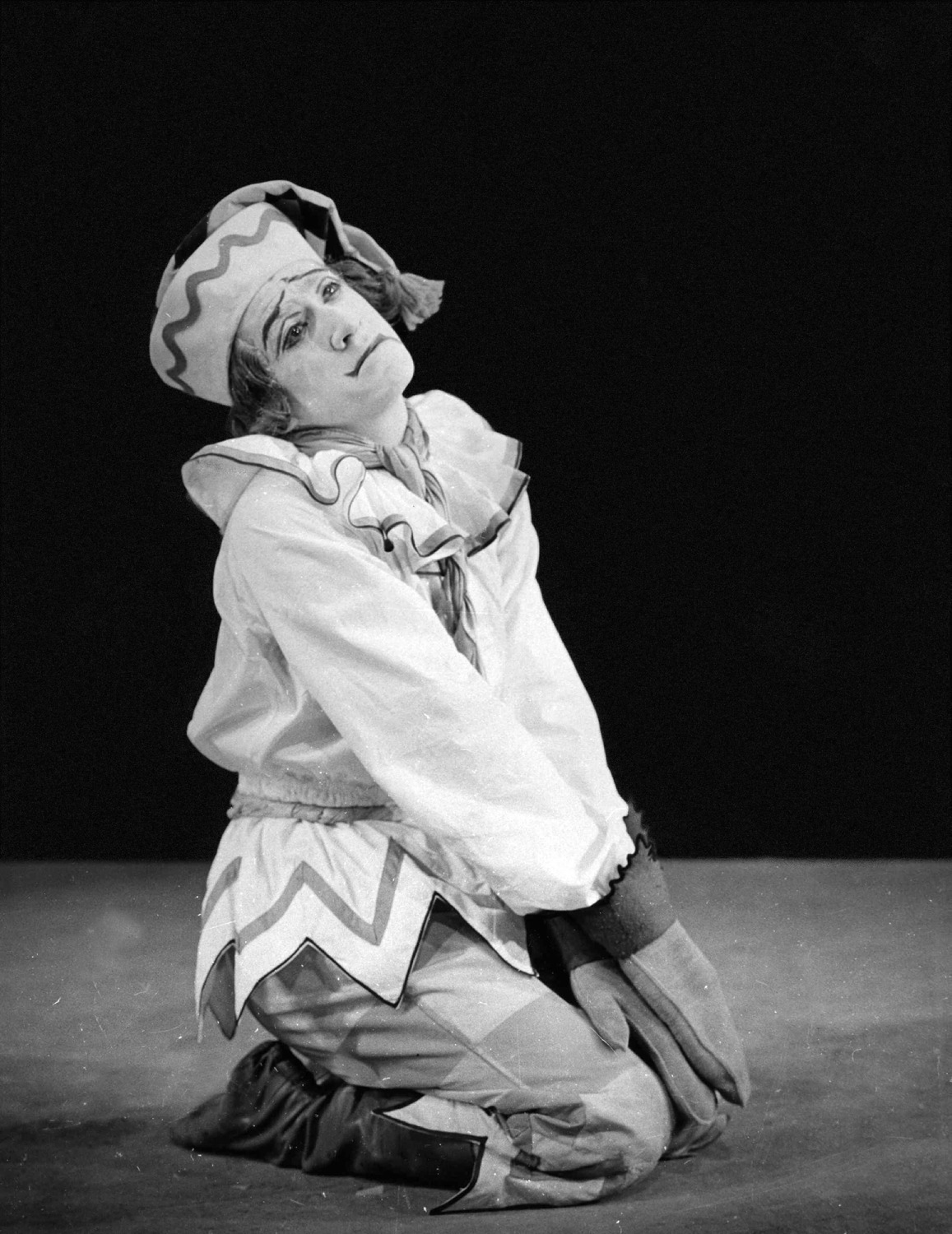people » Alexander Grant
Alexander Grant (1925–2011). New Zealand-born dancer and director
Alexander Grant was born in 1925, in Wellington, New Zealand. His passion for dancing was first discovered at the age of six after being taught to perform a simple folk dance. He started taking lessons at seven, tutored by Kathleen O’Brien and Jean Horne, and became an experienced amateur by the age of just 15. He won a scholarship from the Royal Academy of Dance that enabled him to take his studies to Britain. However, the outbreak of World War Two forced him to remain in New Zealand where he continued his studies at Wellington College from 1939 to 1941. During the war, he performed in front of the troops in the pacific as entertainment.
In 1946, after the war had ended, Grant was able to travel to London where he enrolled in Sadler’s Wells Ballet School at the age of 21. He only spent a short period of time there before he was invited to become a founding member of the Sadler’s Wells Theatre Ballet. That same year, whilst on his first tour with the young company, Grant was transferred to the Sadler’s Wells (later Royal) Ballet, based in Covent Garden. He was swiftly promoted to the rank of soloist and was noticed by Frederick Ashton, who cast him as a music hall hoofer in the ‘Popular Song’ duet in Façade. He was a dancer with The Royal Ballet for 30 years from 1946 until 1976 and during this time appeared in no fewer than 30 of Ashton’s ballets. Of all his roles, the two most famous are undoubtedly the sweet simpleton Alain in La Fille mal gardée (1960) and Bottom the Weaver in The Dream (1964). In 1965, he was appointed Commander of the Most Excellent Order of the British Empire (CBE).
Alexander Grant became director of Ballet for All, the educational group of The Royal Ballet, in 1971, but continued to appear in character roles with the company until he retired from dancing in 1976. He then worked as artistic director of National Ballet of Canada from 1976 until 1983. He died in 2011 at the age of 86.

